How to Make a Patchwork Pillow: An Easy Tutorial
Are you ready to dive into the wonderful world of crafting? Creating a patchwork pillow is not just a fun project; it’s a way to express your creativity and add a personal touch to your home decor. Imagine snuggling up with a cozy pillow that you made yourself! This article provides a step-by-step guide to transforming simple materials into a cozy masterpiece. Whether you’re a seasoned crafter or a complete beginner, you’ll find this tutorial easy to follow and packed with tips to help you along the way.
Choosing the right fabrics is crucial for your patchwork pillow. You want to create a design that not only looks good but also reflects your personal style. Start by considering a color palette that resonates with you. Think of your favorite colors or the colors that dominate your living space. Mixing and matching patterns can create a delightful visual effect, so don’t shy away from florals, stripes, or polka dots! When selecting fabrics, also pay attention to textures. Combining smooth and textured fabrics can add depth to your design, making it more interesting and inviting.
Before you start sewing, it’s essential to prepare your materials. This means gathering all the necessary tools and cutting your fabric pieces to the right sizes. You’ll need a few essential tools to make the process smoother. Here’s a quick rundown of what you’ll need:
- Scissors - For cutting fabric.
- Rotary Cutter - Ideal for straight lines.
- Sewing Machine - Speeds up the sewing process.
- Measuring Tape - Ensures accuracy.
- Pins - To hold fabric pieces together.
Having the right equipment will make your project easier and more enjoyable. Now that you have your tools ready, let’s talk about fabric cutting techniques.
Accurate cutting is key to a polished final product. Use a rotary cutter and a cutting mat for straight edges, or simply use scissors for more intricate designs. Always remember to cut your fabric pieces slightly larger than the intended size to allow for seam allowances. This way, you won’t end up with pieces that are too small after sewing!
Proper measuring is vital in sewing. Measure twice and cut once! Use your measuring tape to get the dimensions right, and always double-check before making any cuts. This simple practice can save you from unnecessary frustration later on.
Once your materials are prepared, it’s time to unleash your creativity and design your patchwork. Lay out your fabric pieces on a flat surface and play around with different arrangements. Don’t hesitate to shift things around until you find a layout that speaks to you. Think of it like assembling a puzzle—sometimes, the right piece just clicks into place!
Now comes the exciting part: sewing the pieces together! This is where your pillow starts to take shape. Begin by pinning your fabric pieces together, ensuring they align perfectly. Once pinned, it’s time to sew. Choose a stitch that complements your fabrics; a straight stitch is often the best choice for patchwork.
Different stitches can yield different results. For a patchwork pillow, a straight stitch is typically the go-to option. However, you might want to experiment with zigzag stitches for added flair. Each stitch type can create a unique texture, so don’t be afraid to get creative!
Master the art of joining seams with precision. When sewing, ensure that your seams are even and aligned. This will enhance the durability and appearance of your finished pillow. Press your seams open with an iron for a crisp finish, and you’ll be amazed at the difference it makes!
After sewing, it’s time to add the finishing touches. This is where your patchwork pillow can truly shine! Consider stuffing your pillow with materials that offer comfort and support. Whether you opt for polyester fiberfill or natural materials, the right stuffing can enhance the overall feel of your pillow.
Explore different stuffing options for your pillow, from polyester fiberfill to natural materials. Each type of stuffing has its own benefits:
| Stuffing Type | Pros | Cons |
|---|---|---|
| Polyester Fiberfill | Lightweight, hypoallergenic | Can flatten over time |
| Natural Fill (e.g., cotton) | Eco-friendly, breathable | Heavier, can be more expensive |
Consider adding decorative elements like buttons or embroidery to personalize your patchwork pillow. These finishing touches can make your creation truly unique and special. Think of it as adding the cherry on top of a delicious sundae!
Q: How long does it take to make a patchwork pillow?
A: The time can vary depending on your experience level and the complexity of your design, but generally, it can take a few hours to a couple of days to complete.
Q: Can I use old clothes for my patchwork pillow?
A: Absolutely! Upcycling old clothes is a fantastic way to give them new life and create a unique pillow.
Q: What if I make a mistake while sewing?
A: Don’t worry! Mistakes are part of the learning process. You can always unpick stitches and redo them. Just take your time!
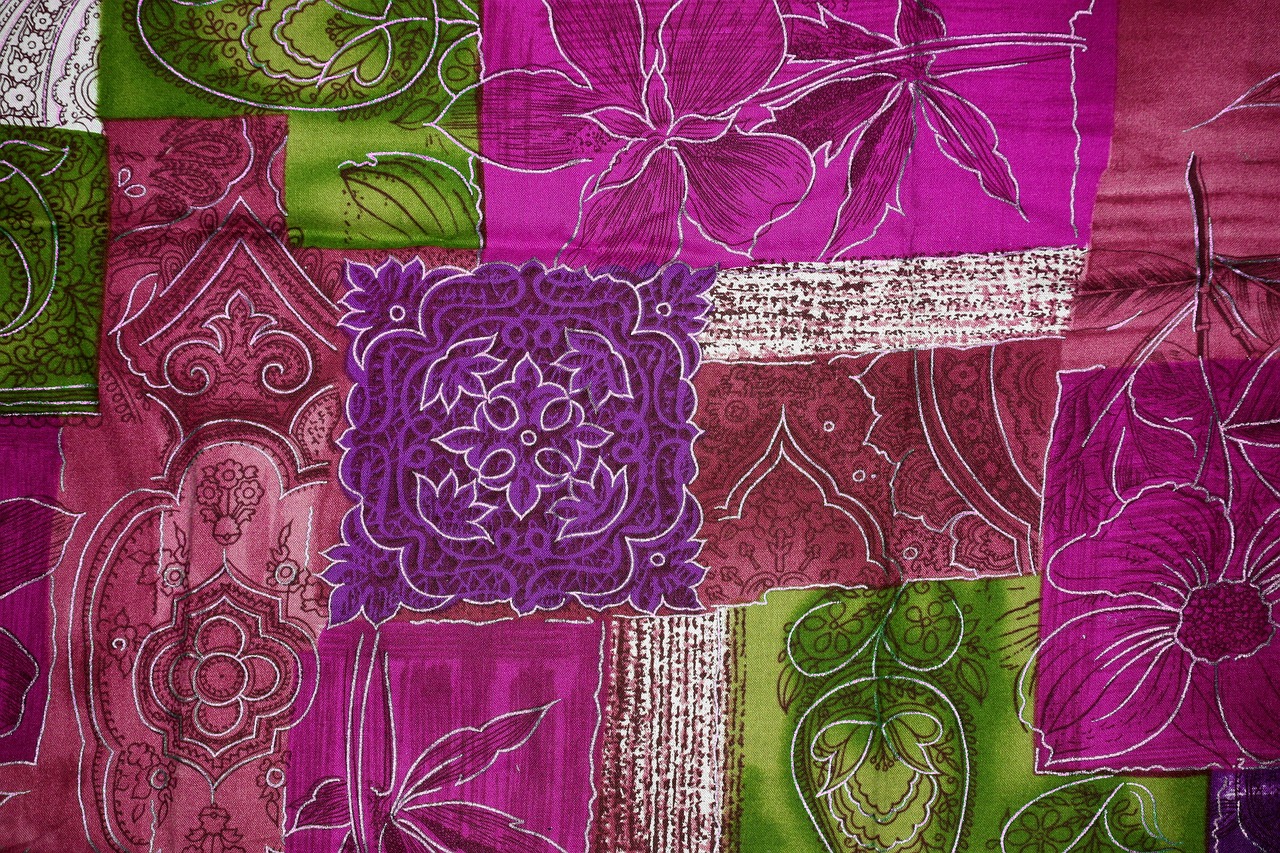
Choosing Your Fabrics
When it comes to crafting a stunning patchwork pillow, the first step is to choose the right fabrics. This decision can make or break your project, so it's essential to approach it with care. Think of your pillow as a blank canvas; the fabrics you select will be the paint that brings your masterpiece to life! Start by considering a color palette that resonates with you. Are you drawn to vibrant hues that pop, or do you prefer soft pastels that create a calming atmosphere? Mixing and matching colors can lead to exciting combinations, but remember to maintain a sense of harmony throughout your design.
Patterns also play a crucial role in your fabric selection. You might want to combine different prints such as florals, stripes, and polka dots. The key is to ensure that they complement rather than clash. For instance, pairing a bold floral print with a subtle stripe can create a visually appealing contrast. Additionally, consider the textures of your fabrics. Incorporating a variety of textures, such as smooth cotton, cozy flannel, and rustic linen, can add depth and interest to your pillow. A mix of textures feels inviting and can transform a simple pillow into a cozy centerpiece for your living space.
As you browse through fabric options, keep in mind the following tips:
- Color Combinations: Look for complementary colors on the color wheel, or try an analogous scheme for a more subtle effect.
- Pattern Balance: Aim for a balance of busy and simple patterns to avoid overwhelming the eye.
- Texture Variety: Combine smooth, rough, soft, and stiff fabrics to create a tactile experience.
Lastly, consider the weight of the fabrics you choose. Heavier fabrics like canvas or denim can give your pillow a structured look, while lighter materials like cotton or muslin might create a more relaxed feel. Ultimately, your fabric choices should reflect your personal style and the atmosphere you want to create in your space. So, take your time, explore different fabrics, and let your creativity flow!
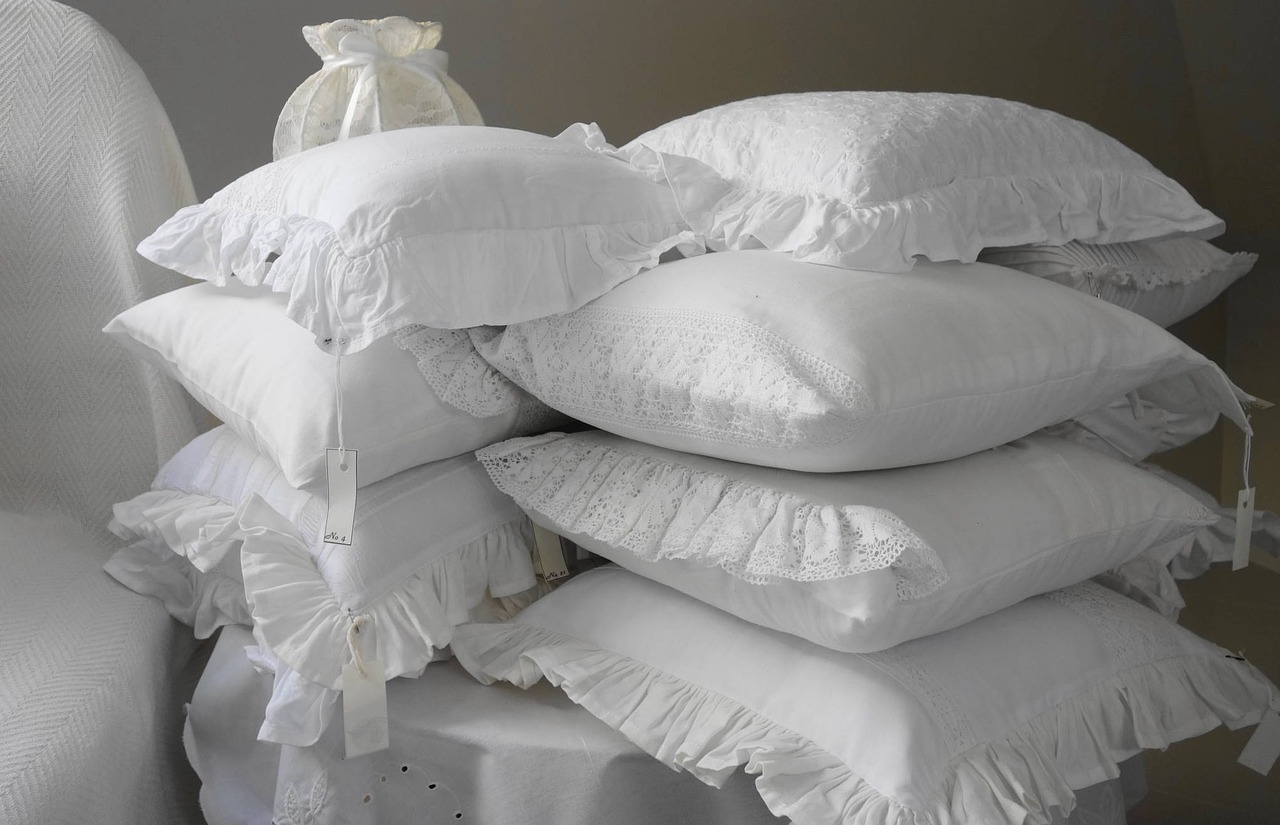
Preparing Your Materials
Before diving into the exciting world of sewing your patchwork pillow, it's absolutely essential to prepare your materials properly. Think of this stage as laying the foundation for a beautiful house; without a strong base, everything built on top could crumble. So, let’s ensure you have everything you need at your fingertips!
First things first, gather the essential tools for your sewing adventure. You might already have some of these lying around, but it’s a good idea to do a quick inventory. Here’s a simple checklist:
- Fabric: Choose a variety of colors and patterns that resonate with your style.
- Scissors: A good pair of fabric scissors is crucial for clean cuts.
- Rotary Cutter: This can make cutting straight lines a breeze.
- Cutting Mat: Protects your surfaces while providing a guide for cutting.
- Sewing Machine: If you don’t have one, don’t fret! Hand sewing can also work wonders.
- Measuring Tape: Accurate measurements are key to a well-fitted pillow.
- Thread: Match it to your fabric for a seamless look.
Next, let’s talk about fabric cutting techniques. The way you cut your fabric can significantly impact the final appearance of your pillow. A few tips to keep in mind include:
- Always cut your fabric on a flat, stable surface to avoid uneven edges.
- Use a rotary cutter for long, straight cuts, and scissors for intricate shapes.
- Consider using templates for uniformity, especially if you’re working with specific shapes.
Now, onto measuring for success. This step is where precision is paramount. You wouldn’t want to end up with a lopsided pillow, right? Here’s how to ensure your measurements are spot on:
1. Measure twice, cut once – this old adage holds true! 2. Use your measuring tape to find the dimensions of your desired pillow size. 3. Add an extra half-inch to each side for seam allowances.
Once you have your materials ready, you’re not just prepared; you’re pumped and ready to create! This preparation phase is like the calm before the storm of creativity. With everything in order, you can focus on the fun part—bringing your patchwork pillow to life!
Q: What type of fabric is best for a patchwork pillow?
A: Cotton is often recommended due to its durability and ease of use, but feel free to experiment with other fabrics like linen or flannel for different textures!
Q: Can I hand sew my patchwork pillow instead of using a machine?
A: Absolutely! Hand sewing can be just as effective, especially if you enjoy the process and want to add a personal touch.
Q: How much fabric do I need for a standard pillow?
A: For a standard 16x16 inch pillow, you’ll need about 1 yard of fabric, but this can vary based on your design and how many patches you plan to use.
Q: What stuffing should I use?
A: Polyester fiberfill is a popular choice for its softness and ease of use, but you can also consider natural options like cotton or wool for a more eco-friendly approach.
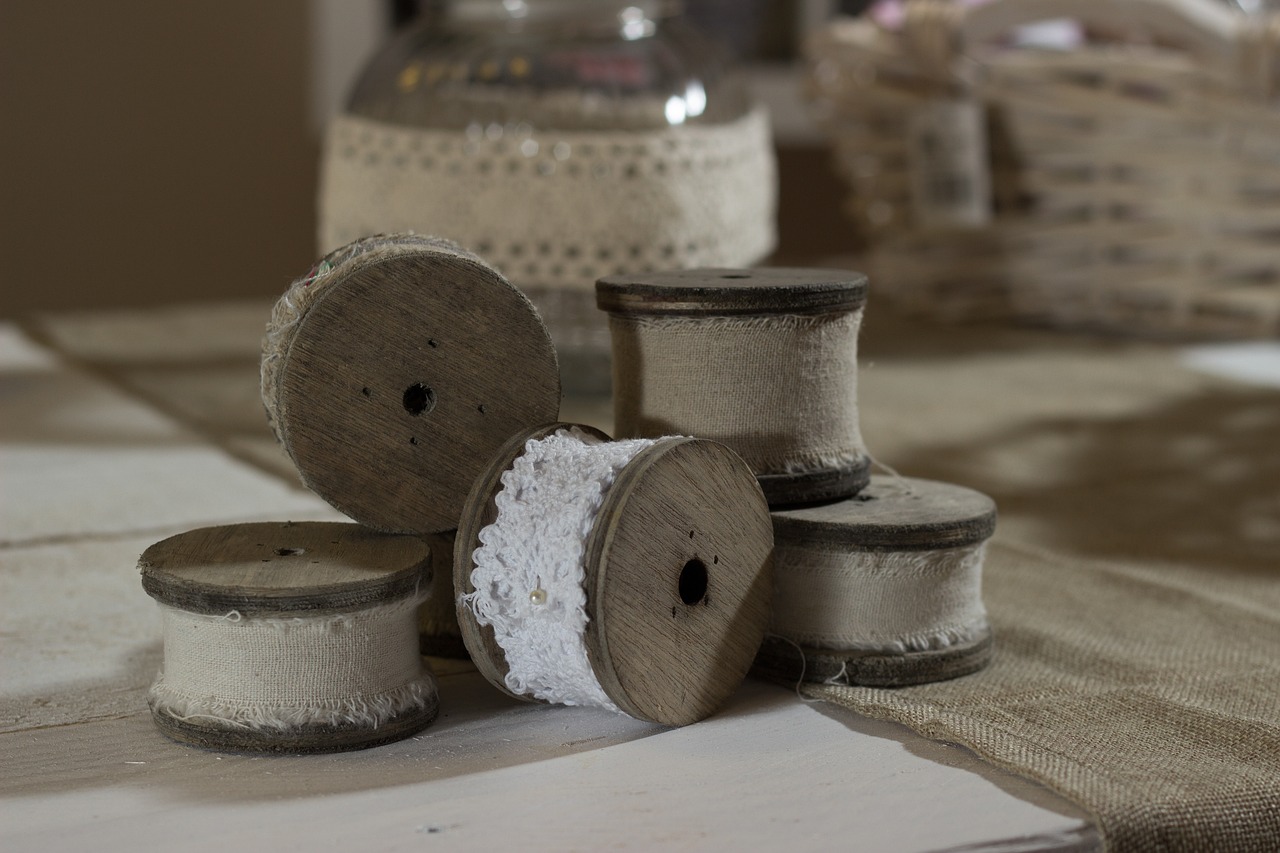
Essential Tools for Sewing
When embarking on your patchwork pillow journey, having the right tools is like having a trusty map on a road trip—it makes the journey smoother and more enjoyable. First and foremost, you'll need a good pair of scissors or a rotary cutter. These tools are essential for cutting your fabric pieces with precision. While scissors are great for detailed cuts, a rotary cutter can save you time and effort, especially when working with multiple layers of fabric. Just imagine trying to slice through a cake with a butter knife; it might work, but it won't be pretty!
Next up, a cutting mat is a must-have. This protective surface not only keeps your work area safe but also helps maintain the sharpness of your rotary cutter. Think of it as a protective shield for your table, ensuring that every cut is clean and your workspace remains tidy. Additionally, a ruler will help you measure and cut straight lines, which is crucial for achieving that polished look in your patchwork design. After all, no one wants a lopsided pillow!
Now, let’s talk about the sewing machine. If you don’t already have one, consider investing in a reliable model that suits your needs. A sewing machine can drastically speed up the process, allowing you to focus more on your creativity than on labor-intensive hand stitching. However, if you’re new to sewing or just want to keep things simple, hand sewing is still a valid option. Just remember, it may take a bit longer to finish your project.
Finally, don’t forget about pins and a seam ripper. Pins will help hold your fabric pieces together while you sew, preventing any unwanted shifts. A seam ripper, on the other hand, is your best friend when things go awry. Mistakes happen, and having a seam ripper on hand allows you to fix them without a hitch. It's like having a safety net; you might not need it often, but when you do, you’ll be grateful it’s there!
In summary, your sewing toolkit should include:
- Scissors or rotary cutter
- Cutting mat
- Ruler
- Sewing machine (or needle and thread for hand sewing)
- Pins
- Seam ripper
With these essential tools at your side, you’ll be well-equipped to tackle your patchwork pillow project with confidence and creativity. So, roll up your sleeves, and let’s get sewing!
Q: Do I need a sewing machine to make a patchwork pillow?
A: While a sewing machine makes the process faster and easier, you can absolutely create a patchwork pillow by hand sewing if you prefer. Just be prepared for a bit more time and effort!
Q: What type of fabric is best for a patchwork pillow?
A: Cotton fabric is a popular choice due to its durability and ease of use. However, you can experiment with different fabrics like linen, flannel, or even upholstery fabric for a unique look.
Q: How do I choose colors for my patchwork design?
A: Consider using a color wheel to help you select complementary colors. You can also draw inspiration from nature or your favorite artwork to create a cohesive and visually appealing palette.
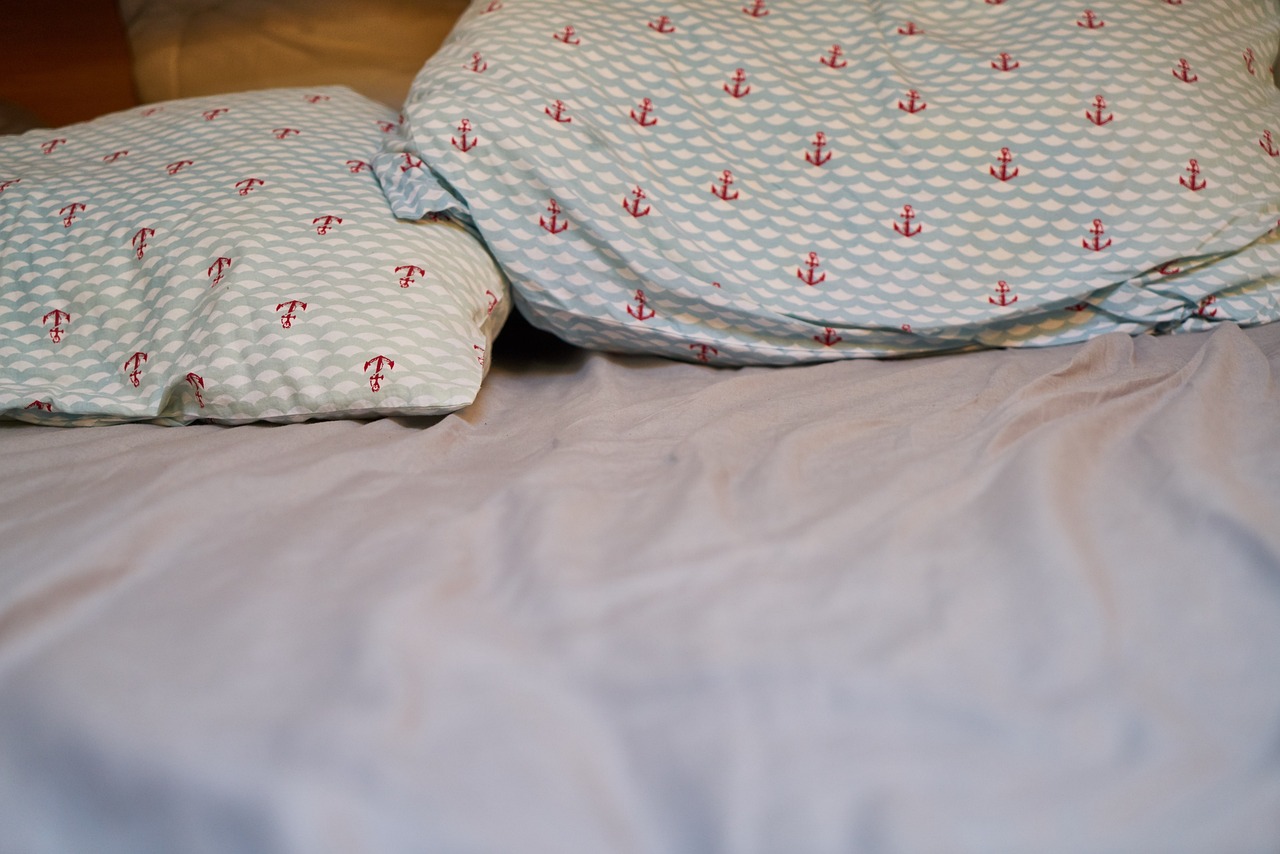
Fabric Cutting Techniques
When it comes to creating a stunning patchwork pillow, play a pivotal role in ensuring that your pieces fit together seamlessly. Think of it as the foundation of a beautiful house; if the base isn’t solid, the entire structure might wobble. So, let’s dive into some essential techniques that will have you cutting like a pro!
First and foremost, accuracy is key. You want each piece of fabric to be cut precisely to your desired dimensions. A common method is to use a rotary cutter and a cutting mat, which allows for clean, straight cuts. This tool is especially useful when you’re working with multiple layers of fabric. Simply stack your fabrics, align them carefully, and roll the cutter along a ruler for perfectly straight edges. Remember, measure twice, cut once—this old adage holds true in the world of sewing!
Another technique to consider is the scissor method. While rotary cutters are fantastic for straight lines, scissors can be your best friend when it comes to intricate shapes or curves. Make sure to use a pair of sharp fabric scissors to prevent fraying and ensure smooth cuts. It’s also a good idea to cut your fabric on a flat surface to maintain control and accuracy. If you're cutting out pieces with a specific design, like a floral pattern, be mindful of how you position the fabric to get the most out of the design.
For those who want to take their cutting skills to the next level, consider using templates. Templates can be made from cardboard or plastic and allow you to trace out shapes onto your fabric. This method is especially useful for patchwork designs that require repetitive shapes. Just place your template on the fabric, trace around it with a fabric marker, and then cut along the lines. It’s like having a stencil for your fabric, making it easier to achieve uniformity in your pieces.
Lastly, don’t forget about fabric grain. Understanding the grain of the fabric—the direction of the threads—can significantly impact the drape and overall look of your pillow. Always cut your pieces following the grainline for the best results. If you’re unsure, just remember that the grain runs parallel to the selvage (the finished edge of the fabric). Cutting against the grain can lead to distortion, which is something you definitely want to avoid!
In summary, mastering fabric cutting techniques is essential for achieving a polished patchwork pillow. Whether you opt for rotary cutters, scissors, or templates, always prioritize accuracy and pay attention to the fabric grain. With these skills under your belt, you’ll be well on your way to creating a stunning masterpiece that reflects your unique style!
- What is the best fabric for patchwork pillows?
Quilting cotton is a popular choice because it’s durable and comes in a wide variety of colors and patterns. However, you can also use linen or flannel for a different texture.
- How do I prevent fraying when cutting fabric?
Using sharp scissors or a rotary cutter can help minimize fraying. Additionally, consider using pinking shears or a zigzag stitch on the edges after cutting.
- Can I mix different fabric types in my patchwork pillow?
Absolutely! Mixing different textures can add depth and interest to your design. Just ensure that the fabrics are compatible in terms of washing and care.

Measuring for Success
When it comes to sewing your patchwork pillow, accurate measuring is the cornerstone of success. Think of measuring as the foundation of a house; if the base is off, everything else will be too. Start by determining the size of your pillow. Do you want a cozy little accent pillow or a larger statement piece? Typically, a standard pillow size is around 18 inches by 18 inches, but feel free to customize it to fit your personal aesthetic.
Once you've decided on the size, it's time to gather your tools. You’ll need a measuring tape, a ruler, and a fabric marker or chalk to mark your measurements on the fabric. When measuring, ensure that you include seam allowances. For example, if you want a finished size of 18 inches, you should cut your fabric pieces to 19 inches to accommodate a half-inch seam allowance on each side. This attention to detail will prevent any unpleasant surprises when you start sewing.
To make things even easier, consider creating a simple measurement chart for your project. Here’s a quick example:
| Fabric Piece | Cut Size (inches) | Seam Allowance (inches) | Final Size (inches) |
|---|---|---|---|
| Front Panel | 19 x 19 | 0.5 | 18 x 18 |
| Back Panel | 19 x 19 | 0.5 | 18 x 18 |
Remember, measuring isn't just about the dimensions; it's also about ensuring that the patterns align beautifully. If you're working with multiple fabrics, lay them out together and visualize how they will look once sewn. This is where a little creativity goes a long way! You might find that certain patterns complement each other better than others, and adjusting your measurements slightly can help achieve that perfect look.
Lastly, don’t rush the measuring process. Take your time, double-check your numbers, and trust your instincts. After all, a well-measured patchwork pillow will not only look great but also stand the test of time. With the right measurements in place, you'll be well on your way to crafting a stunning patchwork pillow that you can cherish for years to come.
- What type of fabric is best for a patchwork pillow? Cotton is a popular choice due to its durability and ease of sewing, but feel free to experiment with other fabrics like linen or flannel.
- How do I wash my patchwork pillow? Always check the care instructions for your fabric. Most cotton fabrics can be machine washed in cold water, but it's a good idea to wash your fabrics before sewing to prevent shrinkage.
- Can I use old clothes for my patchwork pillow? Absolutely! Using old clothes adds a unique touch and can be a great way to repurpose fabric with sentimental value.
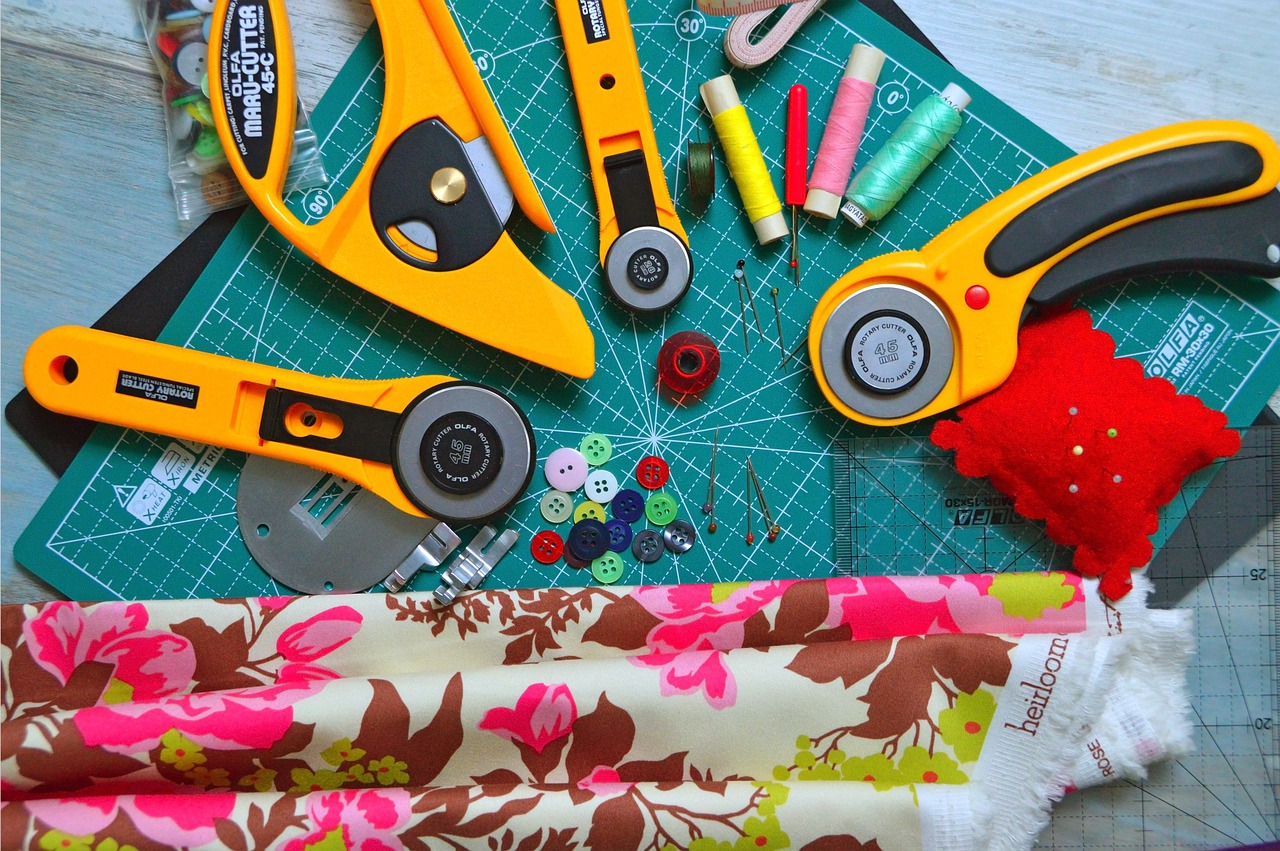
Creating Your Patchwork Design
Now that you have your materials prepped and ready to go, it’s time to unleash your creativity and design your patchwork pillow! This is where the magic happens, and trust me, it’s just as exciting as piecing together a jigsaw puzzle. The first step is to think about the overall theme or mood you want your pillow to convey. Are you aiming for something vibrant and cheerful, or perhaps a more subdued, cozy vibe? The choice is yours!
Next, consider the color palette you want to work with. A harmonious blend of colors can tie your design together beautifully. You might choose a monochromatic scheme, where different shades of a single color create a soothing effect, or a complementary scheme, where contrasting colors energize your design. Don’t shy away from experimenting! Sometimes, the most unexpected combinations can yield stunning results.
Once you have your colors in mind, it’s time to select your patterns. Mixing patterns can add depth and interest to your pillow. Think about incorporating a variety of textures and prints, such as florals, stripes, or polka dots. Just remember, balance is key! Here are some tips for mixing patterns:
- Vary the scale: Pair large prints with smaller ones to create a dynamic look.
- Stick to a color scheme: Ensure that all patterns share at least one common color for cohesion.
- Limit the number of patterns: Too many can make your design feel chaotic, so aim for three to four different patterns.
After you’ve decided on your colors and patterns, it’s time to lay out your fabric pieces. A great way to visualize your design is to arrange the fabric swatches on a flat surface. Play around with different arrangements until you find one that feels just right. Don't be afraid to switch things up; sometimes, moving just one piece can make all the difference!
To ensure that your design translates well into a finished product, consider using a design board. This can be as simple as a piece of cardboard or a large piece of paper where you can pin or tape your fabric swatches in place. This way, you can step back and see how everything looks together, making adjustments as needed.
Finally, once you’re happy with your layout, take a moment to snap a photo of your design. This will serve as a useful reference when you start sewing. Remember, designing your patchwork pillow is all about expressing your unique style and creativity. So let your imagination run wild, and have fun with it!
Q: Can I use old clothes for my patchwork pillow?
A: Absolutely! Upcycling old clothes is a fantastic way to create a unique patchwork design while being eco-friendly.
Q: How do I ensure my patches stay aligned while sewing?
A: Use pins or fabric clips to secure your patches in place before sewing. This will help keep everything aligned and prevent shifting.
Q: What if I don't have a sewing machine?
A: No worries! You can hand sew your patchwork pillow. It may take a bit longer, but it’s entirely doable and can add a personal touch to your creation.

Sewing the Patchwork Pieces Together
Now that you've prepared your fabrics and designed your patchwork layout, it’s time to bring everything together by sewing the pieces. This step is where your pillow really starts to take shape, and it can be both exciting and a bit daunting. But don't worry! With a few tips and techniques up your sleeve, you'll be stitching like a pro in no time.
First things first, you’ll want to ensure that your sewing area is organized and your tools are easily accessible. A clutter-free workspace can make all the difference in your crafting experience. Gather your essential tools, including your sewing machine, scissors, pins, and thread. If you’re using a sewing machine, make sure it’s threaded correctly and that you have a suitable needle for your fabric type.
When you start sewing, pay close attention to the seam allowance. This is the space between the fabric edge and the stitching line. A common seam allowance is ¼ inch, but you can adjust this based on your design. Using a ruler or a quilting foot can help ensure your seams are consistent. Remember, consistent seam allowances will lead to a more polished final product.
As you begin to sew your patchwork pieces together, it’s essential to join them in the order you’ve planned. For example, if you’re working with a design that alternates colors or patterns, sew them in a sequence that maintains that visual flow. Use pins to hold your fabric pieces together before sewing. This will help prevent any shifting while you sew, ensuring that your seams align perfectly. If you find yourself struggling to keep everything in place, consider using a walking foot on your sewing machine. This tool helps feed multiple layers of fabric evenly, reducing the risk of puckering.
When it comes to choosing the right stitch, the most common options for patchwork are the straight stitch and the zigzag stitch. The straight stitch is ideal for most of your seams, providing a clean and neat finish. On the other hand, a zigzag stitch can be useful for finishing raw edges, preventing fraying. If you’re feeling adventurous, you can experiment with decorative stitches to add a unique flair to your pillow.
Once you’ve sewn your pieces together, you’ll need to press the seams open. This step is crucial as it helps to flatten the seams and gives your pillow a more professional look. Use an iron set to the appropriate temperature for your fabric type, and be careful not to scorch any delicate materials. Pressing not only enhances the appearance of your seams but also ensures they lay flat, making the final assembly easier.
Finally, it’s time to join your seams effectively. To do this, align the edges of your patchwork pieces and sew them together, ensuring that your previous seams are neatly pressed open. This will create a smooth transition between the different fabric pieces, giving your pillow a cohesive look. If you’re working with a more complex design, consider using a seam ripper to correct any mistakes, as it can save you from having to start over completely.
In conclusion, sewing your patchwork pieces together is a rewarding process that brings your creative vision to life. With careful attention to detail and a bit of practice, you'll find that sewing can be not only productive but also a joy. So grab your materials, put on your favorite playlist, and let your creativity flow!
- What type of fabric is best for patchwork pillows? Cotton fabric is often recommended due to its ease of use and wide variety of patterns.
- Can I sew my patchwork pillow by hand? Yes, hand sewing is an option, especially if you prefer a more personal touch or don’t have access to a sewing machine.
- How do I care for my finished patchwork pillow? Most patchwork pillows can be machine washed on a gentle cycle. Always check the care instructions for the specific fabrics you used.
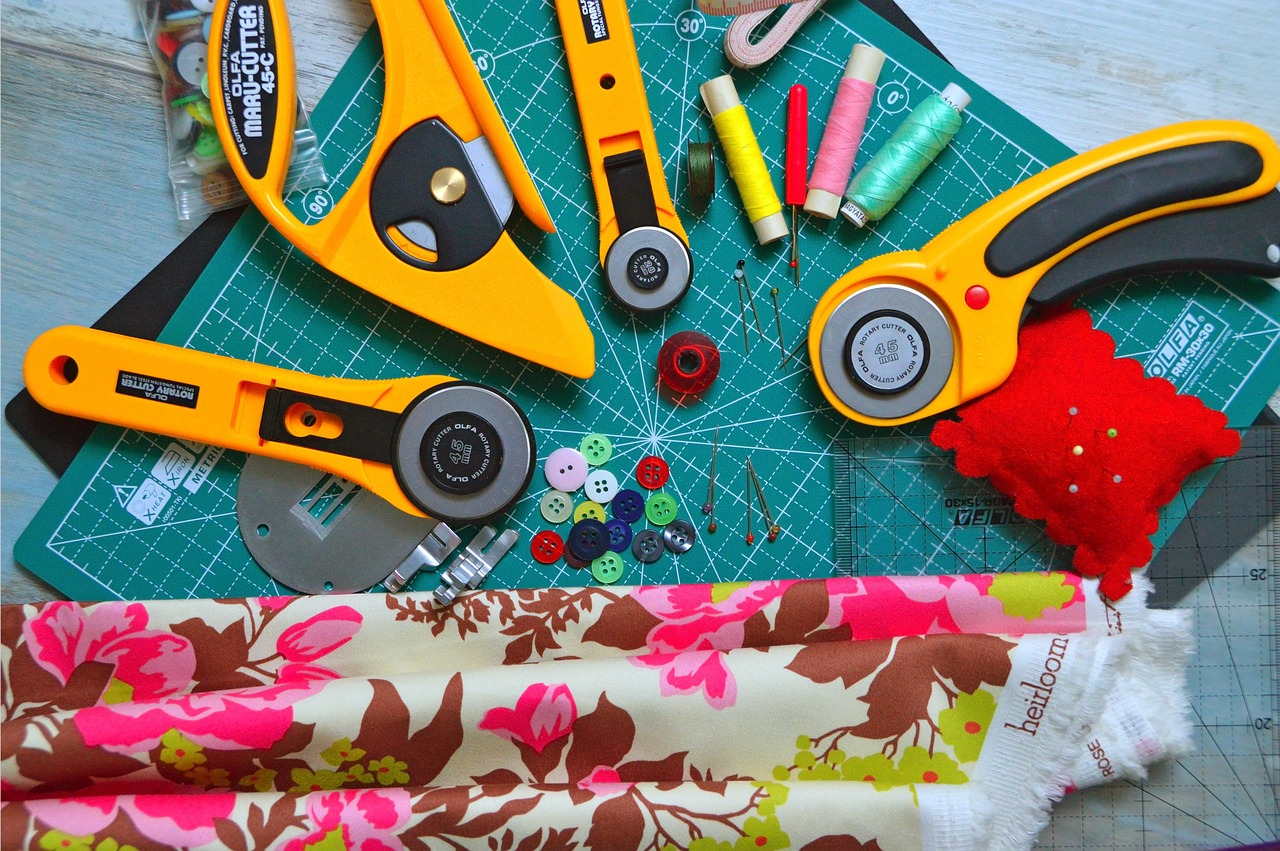
Choosing the Right Stitch
When it comes to sewing your patchwork pillow, choosing the right stitch can make all the difference in achieving a professional and polished look. You might be wondering, "What stitch should I use?" Well, it really depends on the effect you want to create and the type of fabric you’re working with. For instance, a straight stitch is the most common choice for patchwork projects, as it provides a strong and durable seam. It's perfect for joining fabric pieces together and is easy to execute, even for beginners.
If you're looking for a bit more flexibility, consider using a zigzag stitch. This stitch not only helps to prevent fraying but also allows for some stretch, which is beneficial if you're working with fabrics that have a bit of give. It's like giving your pillow a little bit of wiggle room, ensuring that it holds its shape over time.
For those who want to add a decorative touch, a decorative stitch can be a fantastic option. These stitches come in various patterns and can enhance the visual appeal of your pillow, making it a true work of art. However, be mindful of the fabric you choose, as some decorative stitches may not hold up as well under stress compared to straight or zigzag stitches.
Here's a quick overview of the most popular stitch types you might consider:
| Stitch Type | Best For | Notes |
|---|---|---|
| Straight Stitch | General sewing | Strong and durable; easy for beginners. |
| Zigzag Stitch | Stretch fabrics | Prevents fraying; adds flexibility. |
| Decorative Stitch | Embellishment | Adds visual interest; may not be as strong. |
Additionally, don't forget about the seam allowance. Typically, a seam allowance of 1/4 inch is standard for patchwork, but you can adjust it based on your project. Just remember, the larger the seam allowance, the more fabric you’ll need to cut. Think of it as the foundation of your pillow; a solid base will help ensure that everything else falls into place smoothly.
In conclusion, the stitch you choose can significantly influence the final look and durability of your patchwork pillow. So, take your time, consider the fabric and the intended use of your pillow, and don’t hesitate to experiment with different stitches until you find the one that feels right for you. After all, sewing should be a fun and creative process!
- What is the best fabric for a patchwork pillow? Cotton is often recommended due to its durability and ease of use.
- Can I use a sewing machine for patchwork? Absolutely! A sewing machine can make the process much quicker and more efficient.
- How do I care for my patchwork pillow? Most patchwork pillows can be machine washed on a gentle cycle, but always check the care label of your fabrics.
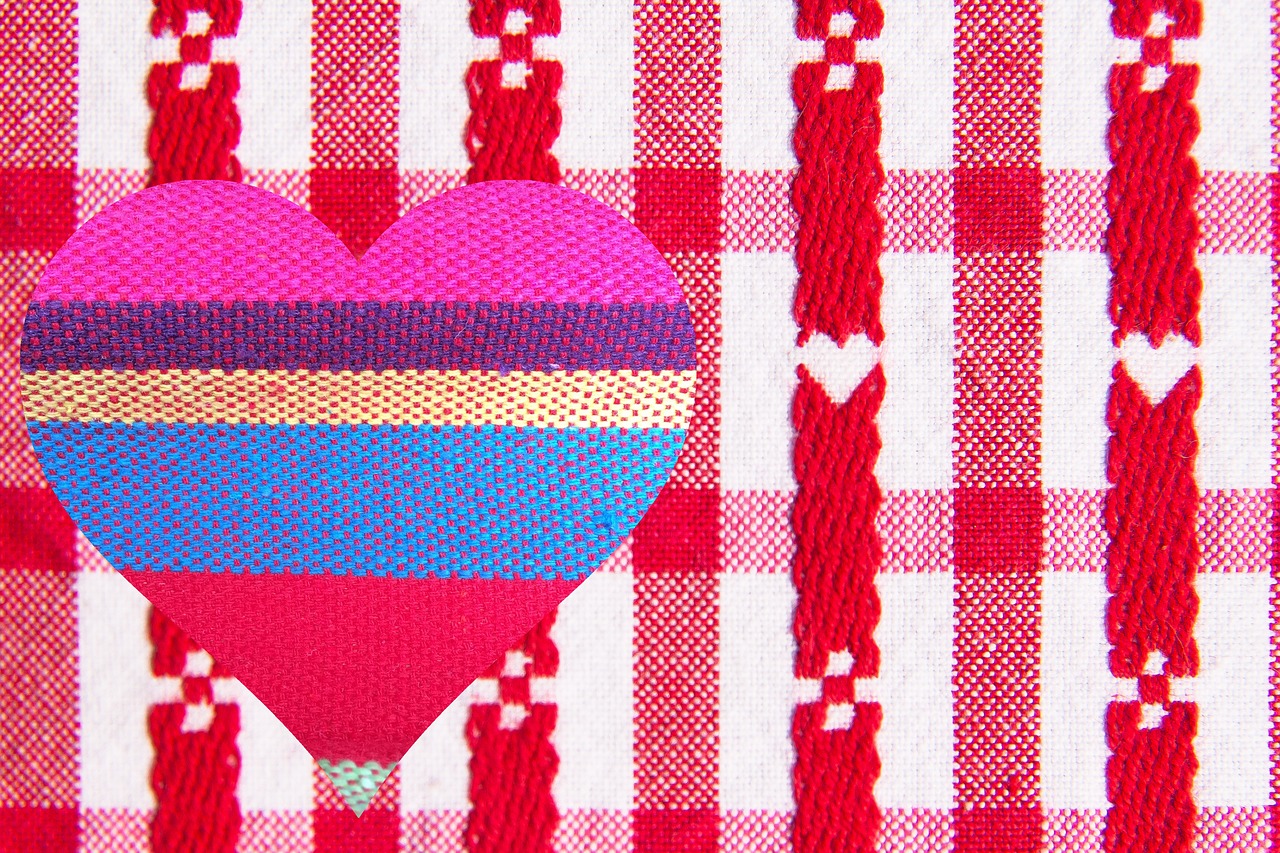
Joining Seams Effectively
Joining seams is a crucial step in the patchwork pillow-making process. Think of it as the backbone of your creation; without strong seams, the beauty of your patchwork will fade away, and your pillow may not hold up over time. The key to effective seam joining lies in precision and technique. To start, ensure that your fabric pieces are aligned correctly. Misaligned pieces can lead to uneven edges and a lopsided pillow. So, take a moment to lay everything out before you start sewing. A good rule of thumb is to pin the pieces together, which helps keep them in place as you sew.
When you’re ready to sew, consider the type of stitch you’ll use. A straight stitch is often the go-to choice for most patchwork projects because it’s straightforward and reliable. However, a zigzag stitch can offer more flexibility and is excellent for fabrics that fray easily. The choice of stitch can also depend on the look you want to achieve; for example, a decorative stitch can add a unique flair to your seams, making them part of the design rather than just a functional element.
Another important aspect of joining seams is the seam allowance. This is the space between the fabric edge and the line of stitching. A standard seam allowance for patchwork is usually ¼ inch, but you can adjust this based on your design. Just remember, consistency is key! If your seam allowances vary, it can lead to mismatched pieces and a less polished final product. To help you visualize this, consider the following table:
| Seam Type | Description | Recommended Seam Allowance |
|---|---|---|
| Straight Stitch | Basic stitch for most patchwork seams. | ¼ inch |
| Zigzag Stitch | Flexible stitch for fabrics that fray. | ¼ inch or more |
| French Seam | Encloses raw edges for a neat finish. | ½ inch |
After sewing your seams, it’s essential to press them open. This step not only flattens the seams, making them less bulky, but it also helps to set the stitches. Use a hot iron and press the seams gently to avoid distorting the fabric. If you’re working with delicate materials, consider using a pressing cloth to protect the fabric from direct heat. Remember, a well-pressed seam will give your pillow a professional finish, making it look like it came straight from a boutique!
Lastly, don’t forget to check for any loose threads or imperfections before moving onto the next stage of your pillow-making adventure. Taking the time to ensure your seams are secure and clean will pay off in the long run, leading to a stunning patchwork pillow that you can proudly display in your home.
Q: What is the best stitch for joining patchwork seams?
A: The straight stitch is commonly used for joining patchwork seams due to its reliability, but a zigzag stitch can be beneficial for fabrics that fray.
Q: How do I prevent my seams from fraying?
A: Using a zigzag stitch or finishing your seams with a serger can help prevent fraying. Additionally, consider using pinking shears to cut the edges.
Q: What is a French seam, and when should I use it?
A: A French seam encloses the raw edges of the fabric for a clean finish. It’s great for lightweight or delicate fabrics.
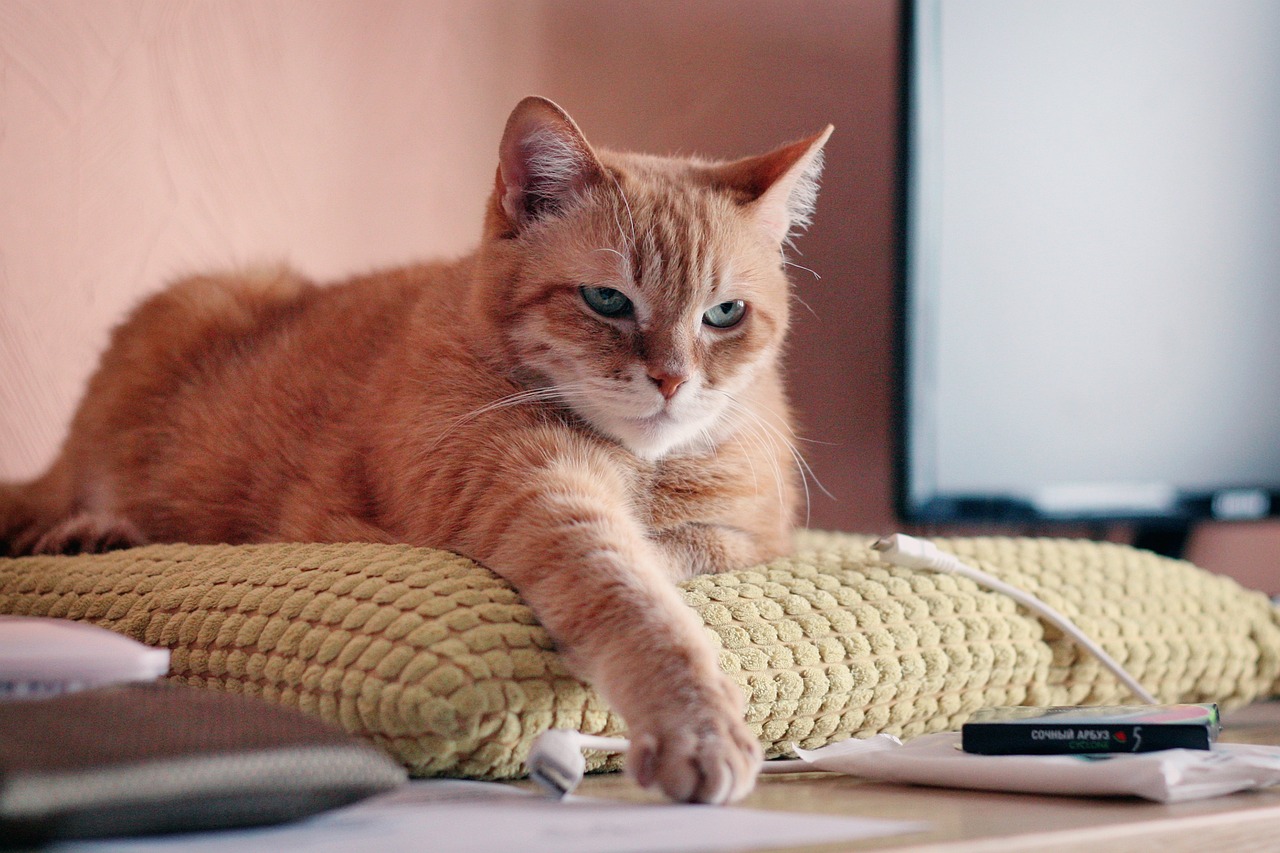
Finishing Touches
After you’ve sewn your patchwork pieces together, it’s time to elevate your creation with some finishing touches. This is where you can truly let your creativity shine and personalize your patchwork pillow. Think of this stage as the icing on the cake; it’s what transforms a simple pillow into a cozy masterpiece that reflects your unique style and personality.
First up, let’s talk about stuffing. The right stuffing can significantly impact the comfort and shape of your pillow. You have a variety of options to choose from, including:
- Polyester Fiberfill: This is a popular choice due to its affordability and ease of use. It provides a soft feel and retains its shape well.
- Natural Materials: Options like cotton or wool can be more eco-friendly and offer a different texture and warmth.
- Memory Foam: For those who prefer a firmer support, memory foam can be cut into pieces and used as stuffing for a plush yet supportive pillow.
Whichever stuffing you choose, make sure to fill your pillow evenly to avoid lumps and ensure a comfortable finish. A well-stuffed pillow not only looks better but also feels more inviting. Once you’re satisfied with the stuffing, it’s time to close your pillow. You can use a simple hand stitch or a sewing machine, depending on your preference. Just be careful to secure it tightly so that the stuffing doesn’t peek out.
Now, let’s add some decorative elements. This is where your pillow can really stand out! Consider embellishing your patchwork pillow with:
- Buttons: Adding a few buttons can give your pillow a charming, handmade look. You can sew them on randomly or create a pattern for a more polished appearance.
- Embroidery: A little embroidery can add a personal touch. Whether you choose to stitch your initials or a favorite quote, this is a great way to make your pillow uniquely yours.
- Appliqué: Consider adding fabric shapes or designs by sewing them onto your pillow. This technique can add depth and interest to your patchwork.
Lastly, don’t forget to give your pillow a good fluff! This will help it regain its shape and look its best. Once you’ve completed these steps, your patchwork pillow is ready to be displayed proudly on your couch or bed. It’s not just a functional item; it’s a piece of art that tells a story of creativity, skill, and personal style.
Q: How do I choose the right fabrics for my patchwork pillow?
A: When selecting fabrics, consider color combinations and patterns that complement each other. Look for textures that create visual interest, and don’t be afraid to mix and match different styles to reflect your personality.
Q: What is the best stuffing material for a patchwork pillow?
A: The best stuffing depends on your preference. Polyester fiberfill is a common choice for its softness and shape retention, while natural materials like cotton or wool offer eco-friendly options. Memory foam is great for those who want more support.
Q: Can I wash my patchwork pillow?
A: It depends on the materials used. If you’ve used washable fabrics and stuffing, you can typically machine wash your pillow. Always check the care instructions for each fabric to ensure longevity.
Q: How can I personalize my patchwork pillow?
A: Adding decorative elements like buttons, embroidery, or appliqué can make your pillow unique. Think about what reflects your style and go for it!
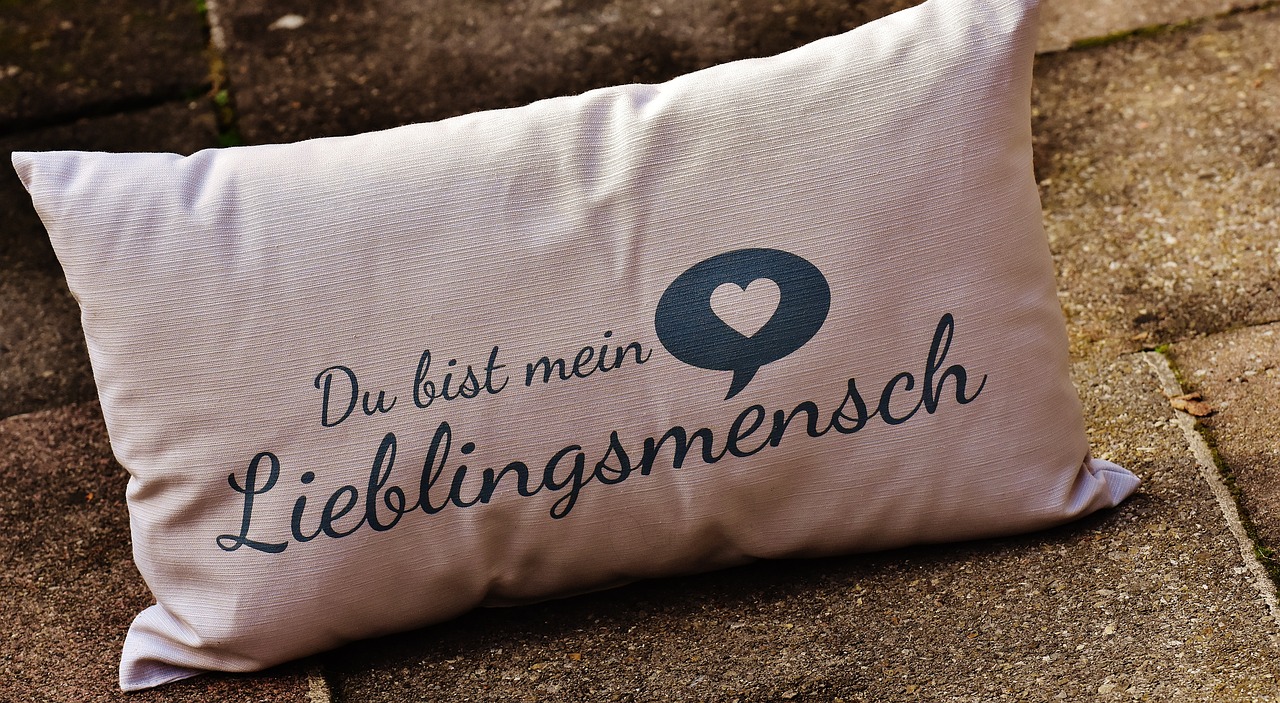
Stuffing Options
When it comes to creating your patchwork pillow, choosing the right stuffing is just as important as selecting the fabrics. The stuffing not only determines the comfort level of your pillow but also influences its shape and durability. There are several options available, each with its own unique characteristics, advantages, and drawbacks. Let's dive into the most popular stuffing materials and help you find the perfect fit for your cozy creation.
One of the most common stuffing materials is polyester fiberfill. This synthetic option is lightweight, hypoallergenic, and provides excellent loft, making it a favorite among pillow makers. It's also easy to manipulate, allowing you to achieve the desired firmness or softness. However, keep in mind that over time, polyester fiberfill can flatten out, so you may need to fluff it up occasionally to maintain its shape.
If you're looking for something more natural, consider using down feathers. Down offers a luxurious feel and exceptional softness, creating a plush and inviting pillow. However, it can be more expensive and may not be suitable for those with allergies. Additionally, down pillows require a bit more care in terms of cleaning and maintenance.
Another natural option is cotton batting. This stuffing is breathable, eco-friendly, and provides a firm but comfortable support. Cotton batting is also less likely to flatten over time compared to polyester, making it a great choice for those who want a long-lasting pillow. However, it can be heavier than other stuffing materials, which may affect the overall weight of your pillow.
For those who are environmentally conscious, recycled materials are an excellent choice. You can find stuffing made from recycled plastic bottles or other eco-friendly sources. This option not only helps reduce waste but also provides a unique texture to your pillow. Just make sure to check the quality to ensure it meets your comfort standards.
Lastly, don't overlook the option of using natural wool. Wool stuffing is not only sustainable but also has the added benefit of being temperature-regulating, keeping you warm in winter and cool in summer. However, it can be a bit pricier and may require special care when washing.
Here's a quick comparison of some popular stuffing options:
| Stuffing Type | Comfort Level | Durability | Care Requirements | Price |
|---|---|---|---|---|
| Polyester Fiberfill | Soft | Moderate | Easy | Low |
| Down Feathers | Luxurious | High | Moderate | High |
| Cotton Batting | Firm | High | Easy | Moderate |
| Recycled Materials | Variable | Variable | Easy | Moderate |
| Natural Wool | Comfortable | High | Moderate | High |
Ultimately, the choice of stuffing comes down to your personal preferences and the intended use of your patchwork pillow. Whether you prioritize comfort, sustainability, or cost, there's a stuffing option out there that will meet your needs and help you create a pillow that you'll cherish for years to come.
Here are some common questions about stuffing options for your patchwork pillow:
- Can I mix different types of stuffing? Yes! Mixing different materials can create a unique feel and enhance the overall comfort of your pillow.
- How do I clean my stuffed pillow? It depends on the stuffing type. Always check the care instructions and consider using a removable cover for easy cleaning.
- Is synthetic stuffing better than natural? It really depends on your personal preferences. Synthetic options are often more affordable and easier to maintain, while natural materials can offer better comfort and breathability.
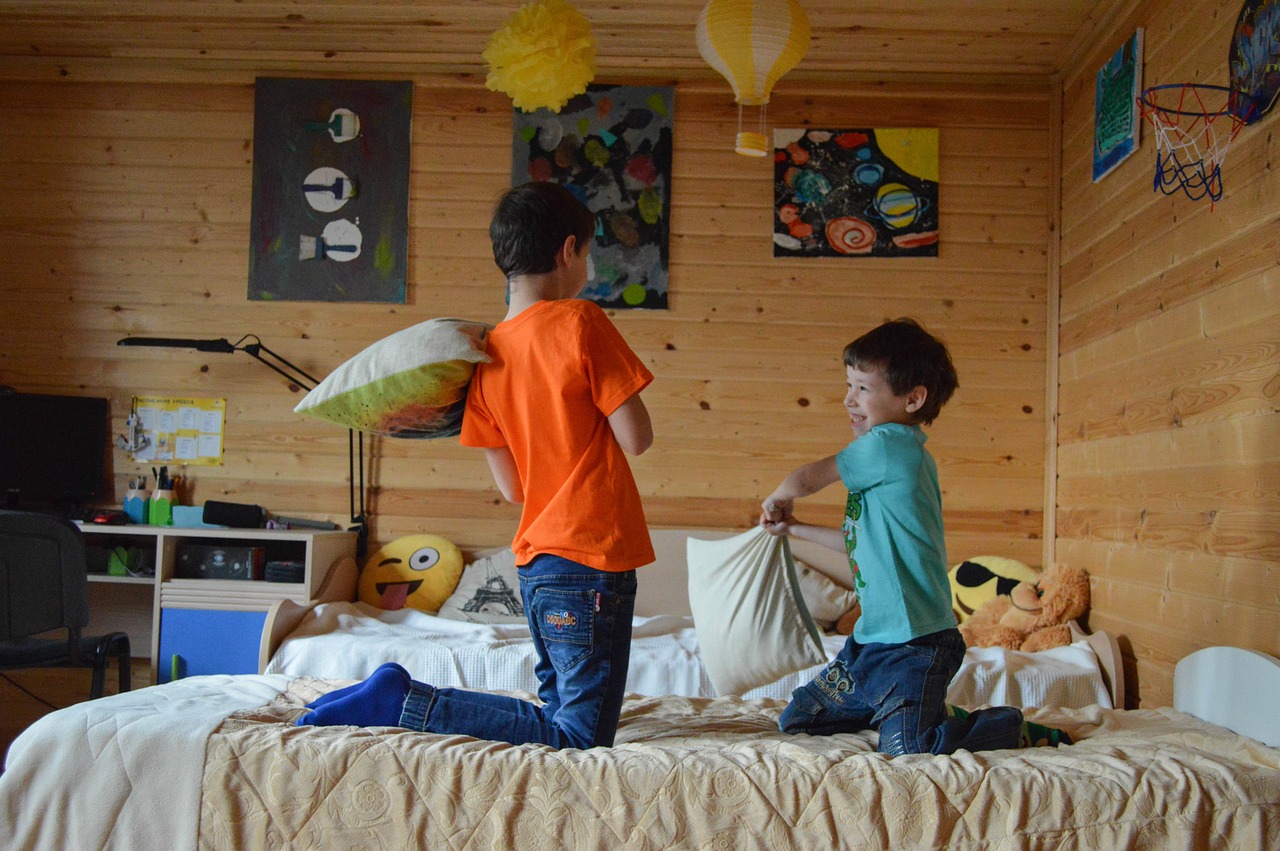
Adding Decorative Elements
Once you've sewn your patchwork pillow together, the fun doesn't stop there! can elevate your pillow from a simple craft project to a stunning piece of art that reflects your personal style. Think of your pillow as a blank canvas, waiting for your creative touch. You can incorporate various embellishments that not only enhance its visual appeal but also add a layer of uniqueness that sets your creation apart.
One popular option is to use buttons. These little gems come in countless shapes, sizes, and colors, allowing you to play with textures and contrasts. Imagine a bright red button sitting on a patch of soft blue fabric – it’s an eye-catching combination! You can sew buttons on the corners, or even create a button cluster in the center for a whimsical effect. Just be sure to secure them well so they withstand the test of time (and cuddles!).
Another fantastic way to personalize your patchwork pillow is through embroidery. Whether you’re a seasoned pro or a beginner, embroidery can be a relaxing and rewarding way to add flair. You might choose to embroider a simple design, like a heart or your initials, or go for something more intricate, such as floral patterns. If you're unsure where to start, consider using a fabric marker to sketch out your design before stitching it. This way, you can visualize how it will look and make adjustments as needed.
For those who want to take it a step further, consider adding appliqué designs. This technique involves sewing a piece of fabric onto your pillow to create shapes or patterns. You could cut out a star or a leaf from a contrasting fabric and sew it onto your pillow for a pop of color and texture. The layering effect of appliqué can add depth and interest to your design, making it truly one-of-a-kind.
Finally, don’t forget about piping or trim. Adding a decorative trim around the edges of your pillow can create a polished look. You can choose from a variety of materials, such as lace, pom-poms, or even a simple bias tape. This finishing touch can tie together the colors and patterns in your patchwork, giving it a cohesive finish that looks professionally made.
In summary, the decorative elements you choose to incorporate into your patchwork pillow can dramatically transform it. From buttons and embroidery to appliqué and trim, each addition tells a story and adds a personal touch. So, let your imagination run wild and enjoy the process of making your pillow not just a cozy accessory, but a true reflection of your creativity!
- What type of fabric is best for a patchwork pillow? Cotton is a popular choice due to its durability and ease of handling, but feel free to mix in other fabrics like linen or flannel for added texture.
- How do I choose the right stuffing for my pillow? Polyester fiberfill is common for its softness and resilience, but natural materials like cotton or wool can provide a firmer feel.
- Can I wash my patchwork pillow? Yes, but it's advisable to use a gentle cycle and air dry to maintain the integrity of your decorative elements.
Frequently Asked Questions
- What fabrics are best for a patchwork pillow?
When choosing fabrics for your patchwork pillow, consider a mix of cotton, linen, and even some blends. Cotton is a popular choice due to its durability and ease of sewing. Don't shy away from experimenting with different textures and patterns to create a visually stunning design that reflects your personal style!
- How do I prepare my materials before sewing?
Preparing your materials is crucial for a smooth sewing experience. Start by gathering all your tools, such as scissors, rotary cutters, and a sewing machine. Then, cut your fabrics into the desired shapes and sizes, ensuring that you measure accurately to avoid any mishaps later on. A well-prepared workspace will make your crafting process much more enjoyable!
- What tools do I need for sewing a patchwork pillow?
You’ll need a few essential tools to make your sewing journey easier. Make sure you have sharp scissors, a rotary cutter, a cutting mat, pins, and a reliable sewing machine. These tools will help you achieve precise cuts and neat seams, resulting in a polished final product.
- How can I create a balanced patchwork design?
Creating a balanced patchwork design involves arranging your fabric pieces thoughtfully. Consider color combinations, patterns, and sizes. Lay out your pieces before sewing to visualize the final look. Don’t hesitate to mix and match until you find a layout that feels just right!
- What types of stitches should I use for my patchwork pillow?
The type of stitch you choose can greatly affect the final look of your pillow. A straight stitch is the most common and works well for most projects. However, you can also experiment with zigzag stitches for added texture or decorative stitches to enhance your design. Just make sure to choose a stitch that complements your fabric and design!
- How do I stuff my patchwork pillow?
Stuffing your pillow is all about personal preference! You can use polyester fiberfill for a soft and fluffy feel, or opt for natural materials like buckwheat hulls for a firmer pillow. Whichever option you choose, make sure to stuff evenly to maintain a nice shape.
- Can I add decorative elements to my patchwork pillow?
Absolutely! Adding decorative elements like buttons, embroidery, or patches can personalize your patchwork pillow and make it truly unique. Get creative with your embellishments, and let your personality shine through!


















